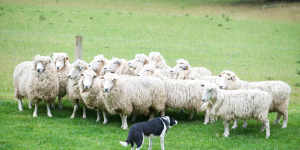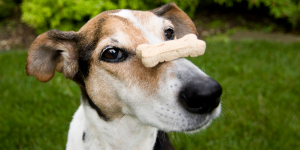Impulse Control In Dogs.
Resisting the temptation to do something which comes naturally, is not something dogs find terribly easy. While humans quickly learn the concepts of self control in polite society such as, not stealing food from a fellow diners plate, or slapping someone in the face because they jumped the supermarket queue – dogs are less able to grasp more subtle elements of impulse control. To find out more read our Holidays4Dogs articles on the subject.
Sometimes, human beings struggle when it comes to impulse control. How many of us recognise ‘impulse’ shopping – buying items and products that we probably don’t even need, but must have! How about binge eating? The inability to resist, ‘just one more’ biscuit?
Sure, puppies learn quite quickly that if they bite their litter mates too hard, or heaven forbid their mother – they find out rapidly there are consequences. Thus, they learn to control their impulses and bite less hard. Nevertheless, as they grow into adult dogs, they very much work on instinct and this completely natural and normal for dogs.
Signs which indicate your dog might need to work on impulse control.
- Barges through doorways.
- Jumps on people.
- Charges at other people, or dogs.
- Chases cats, squirrels etc.
- Snatches food.
- Grabs toys.
Positive training.
It is certainly most useful to teach your dog some sort of impulse control. It’s an important skill that they can usually get to grips with if they are taught in positive and enjoyable ways. Helping your dog to utilise some self control can take time.
However, it is a good way to build a bond with your pet. In the long run, it can help your dog to be calmer and more focused. Working sheepdogs are experts when it comes to impulse control. They have been bred and trained to resist the temptation, not to attack sheep – but to herd them instead.
As we have said, however, the sort of impulse control we expect can be challenging for some dogs. Many dog owners will identify with the idea that their dog would prefer to run away, for example, instead of ‘listening’ to their owner.
Teaching self control is about giving your dog the skills to decide how to behave, rather than following an obedience command. Like children, dogs are better able to understand this as they mature, when they are physically and mentally more able to control their impulses.
Exercises to help teach your dog impulse control.
- Wait at the door.
- Walking on a loose lead.
- Leave it.
- Sit, Down, Stand.
Holidays4Dogs covers these exercises and more in our other training articles, so take a look if you need more in-depth explanation on how to.
Conclusion.
Make sure your dog is exercised mentally and physically before you begin teaching him the nuances of impulse control. If you are struggling with your dog’s behaviour and find that he is over excited, or aggressive, seek the guidance of a good dog, trainer or behaviourist.



